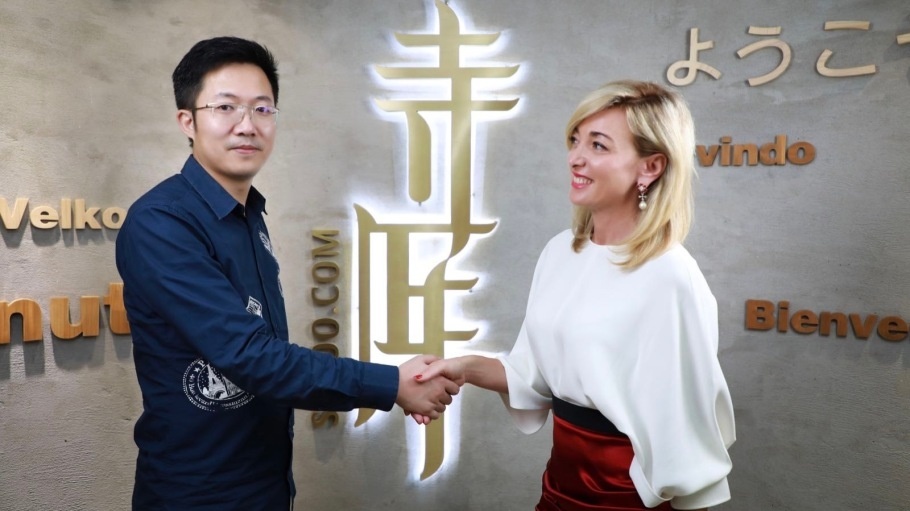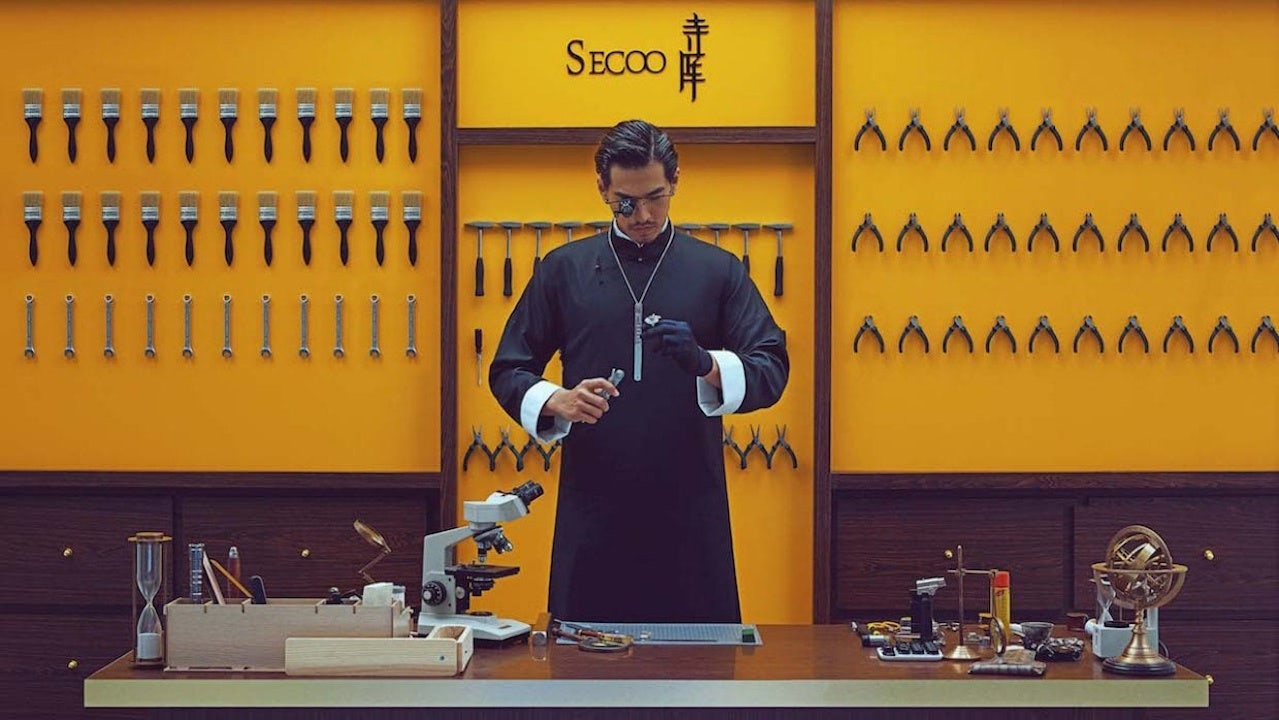Key Takeaways:#
- Once billing itself as "the top choice for luxury e-commerce" in China, Secoo has faced a years-long decline that raises questions about its long-term viability.
- Secoo's share price has plummeted from a high of $14.65 in August 2018 to around just $0.50 today.
- The company's challenges, from the high cost of traffic generation to competition from tech giants like Alibaba, reflect a dramatic change in China's luxury e-commerce market.
It may not be a household name outside of mainland China, but Secoo was one of the country’s first luxury resale platforms, managing to outlive most of its early competitors through active digital marketing efforts and a knack for attracting investment. Founded in 2008, the platform initially sought to become the “go-to” platform for used luxury goods, before the company pivoted to offer services like product authentication and refurbishing. Culminating in a high-profile Nasdaq listing in 2017, arguably the company’s high point, Secoo billed itself as “the top choice for luxury e-commerce [in China],” claiming roughly 25 percent market share for premium online retail in China and 15 percent in Asia.
Yet Secoo, an early pioneer in luxury resale in China, has been involved in a long-term transition away from this bread-and-butter focus. Since its Nasdaq listing, the company has sought to transform into a broad “lifestyle” platform with a sizable physical retail footprint and a focus on new luxury goods. In the process, Secoo received a $175 million investment from JD.com and the LVMH-backed private equity firm L Catterton in 2018. Two years later, Chinese financial technology platform Qudian announced that it would take a 28.9 percent stake in Secoo worth $100 million, making it the company’s biggest shareholder.
With China remaining a bright spot for luxury brands over the past 18 months and luxury e-commerce booming as brands went all-in and convenience-minded consumers increased online spending, Secoo theoretically should have been well-positioned to benefit. But even as it raked in investment and announced big expansion plans, Secoo’s stock price has plummeted — currently hovering around a meagre $0.50, down from a high of $14.65 in August 2018. While the company announced plans to go private at a price of $3.27 per share in January 2021, no concrete progress has yet been made on that front.
Meanwhile, the company is awash in complaints from consumers, suppliers, and even employees. According to Chinese-language media, there are currently more than 6,000 consumer complaints about Secoo on Sina.com’s consumer complaint platform “Black Cat,” many by customers waiting months to receive products or refunds.
Secoo’s current woes have not appeared out of thin air, but reflect an extended decline in fortunes over the past two years. A company financial release showed that Secoo reached RMB 6 billion ($941 million) in revenue in 2020, a year-on-year drop of 12 percent, and an annual loss of RMB 72 million ($11.3 million) following a profit of RMB 154 million ($24.1 million) one year prior. The company has recorded a declining revenue growth rate for seven consecutive quarters, with its net profit falling for five quarters in a row. All of this coincides with difficulties in attracting new and existing active users. Secoo saw new monthly active user (MAU) growth max out at 89.6 percent year-over-year in the first quarter of 2019 before an extended decline that saw growth sputter to 7.5 percent year-over-year in the third quarter of 2020. As of December 2021, the company has yet to report its first-quarter 2021 earnings, leaving Secoo's financial performance this year a mystery.
So what’s going on at Secoo? According to China News Weekly 中国新闻周刊, Secoo blames a tech upgrade and a fault in its financial interface in August and September for recent difficulties, yet says these issues are being resolved, and claims to be operating normally while seeing good cash flow. But none of this is stopping observers from questioning the stability and prospects of this once high-flyer.

Secoo’s biggest problem, arguably, is over-diversification — the company has simply sought to do too much, too soon, and drifted beyond the initial focus that attracted consumers to it in the first place. Early on, Secoo’s specialty was tightly focused — functioning, in essence, as an online high-end shopping mall that included a strong secondhand component. But a lot has changed since 2008, and more importantly, tech giants like Alibaba and JD.com have occupied an ever greater portion of the luxury e-commerce segment while signing official partnerships with top luxury brands.
This is likely a major factor in Secoo’s huge diversification push over the past three years, as the company tried to reposition itself as a boutique lifestyle platform. (Moving, in the process, from one increasingly saturated and expensive market segment to another.) Now, Secoo looks to sell everything from travel products to furniture, mobile phones, and skincare and beauty. However, luxury goods reportedly account for more than 90 percent of Secoo’s total revenue, meaning the company’s investment in diversification has simply not paid off. Other efforts by Secoo to stand out in the market have fallen flat, such as an effort to leverage livestreaming e-commerce that failed to gain significant traction compared to platforms like Poizon. The company has also faced setbacks such as claims by influencers that they bought fakes on the platform, and been hit by Chinese media reports that Secoo sold Chanel products without official authorization.
In addition to diluting its brand, Secoo is simply failing to connect with China’s increasingly dominant millennial and Gen Z consumers, losing out to competitors like Alibaba and JD.com. Alibaba has succeeded in luxury e-commerce in China by building strong relationships with luxury brands and groups, encouraging previously e-commerce-resistant brands like Hermès to launch official storefronts. The official brand stamp of approval, in turn, has steadily built consumer trust in Tmall Luxury Pavilion and made it harder for the likes of Secoo to compete. In addition, Alibaba’s vast market presence — straddling e-commerce, online payment, logistics, and (perhaps most importantly) streaming video, livestreaming, and social media — means it has the resources to effectively market brands to a vast user base and funnel them along the path to purchase. This is highly enticing to brands investing in the China market, and something Secoo simply can’t boast.
At the same time, luxury brands continue to develop their physical store network in China while beefing up their in-house direct-to-consumer sales channels. All of these trends conspire to increase the already sky-high costs of digital marketing and traffic generation in China, further squeezing the bottom line of Secoo and others.
As Zhang Yi, CEO of iiMedia Consulting, told Chinese-language media, third party luxury e-commerce platforms like Secoo face tough times ahead. Unable to obtain official brand authorization as a reseller, and facing shrinking market share as e-commerce giants (and brands themselves) occupy the luxury segment, Zhang says that Secoo’s only real option may be to double down on brick-and-mortar retail, building offline experience stores and riding the “new retail” trend. Said Zhang, “Perhaps [Secoo] has to go offline to find traffic.” But would that be enough to offset the company’s ever-mounting problems?

